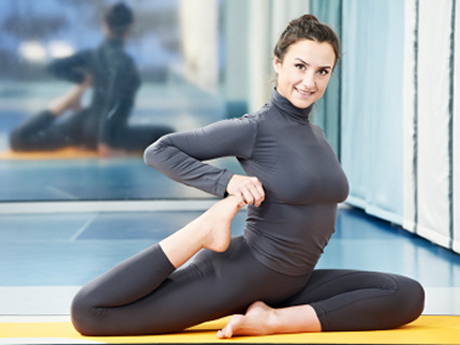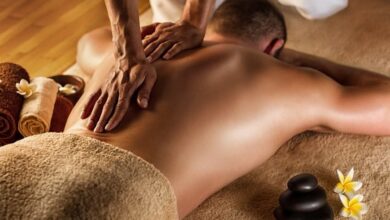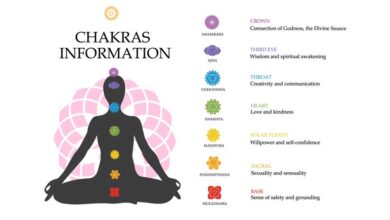
Helpful Yoga poses for runners
Running can produce tension in the hips, hamstrings, and quads, despite its benefits as a cardiac exercise. Improved flexibility (which reduces injury) and stronger core and gluteus are only two of the benefits of yoga for runners. There are many beneficial prenatal yoga poses also that help woman’s in their pregnancy period. As you develop as a runner, these yoga poses are ideal.
Butterfly (baddha konasana)
After a run, it’s a great way to open up your hips. If you’ve been running, you may notice that your lower back and psoas muscles have tense, and this yoga pose might help alleviate that şişli escort discomfort.
The butterfly stance is shown in the top image. Open your legs out in front of you on the floor. Bring your soles together and press them into the mat. When your knees are on the floor, gently lower them, but don’t force them. The spine can be kept straight by sitting on a block, blanket, or bolster while performing this stretch.
A wonderful baby (ananda balasana)
Open hips and release lower back, gluten, and groyne strain from jogging with this pose. Lie on your back and fold into your stomach. It would help if you kept your hands on the outside of your feet while keeping your feet flexible. As you continue to resist with your legs, keep bringing your knees up to your armpits. A gentle rocking motion will soothe your lower back. You can use straps in place of your feet to make this pose more accessible to everyone.
A WALL (SETU BANDHA SARVANGASAN)
A backbend with an open chest bridge post is mild. The gluteus and core are activated and strengthened in this pose, which is critical while running.
Starting with your knees bent, push your heels as near your gluteus as possible. The hips are elevated to the ceiling, hands on the floor, and the gluteus are engaged. Make sure that your shoulders are rolled in and that your hands are clasped firmly on the floor. Tuck your chin in toward your chest in assisting others to protect your neck.
Woman with her arms folded in front of her (uttanasana)
After a long run, you’ll appreciate this hamstring stretch. That’s a terrific way to show your body some love after a workout or whenever you feel like it.
Begin by placing your feet hip-width apart. Start by doing some back and hip stretches. As you exhale, fold your body on itself, bringing your nose to your thighs or shins for support. You can hold your elbows in place by placing a block or the floor under your wrists. Make sure you don’t lock your knees but straighten your legs.
Slithering female model (UTTHAN PRISTHASANA)
Lizard pose helps runners stretch their hip flexors, hamstrings and quads. Downward dog is an excellent place to begin. Keeping your hips square, lower your back knee to the mat and slide your right foot to the outside of your right hand on an exhale. Keep your right knee parallel to your right ankle as you descend your forearms to the mat. You can either keep your arms outstretched or use a block to help you get to the floor because of the tremendous hip stretch. It is necessary to practice again and over again.
Pose of half-lord of fishes by a lady (ARDHA MATSYENDRASANA)
After a long run, it helps with spinal mobility and neck and shoulder stiffness. Sit on the mat, legs straight ahead. Right leg extended, left leg bent, right leg adjacent to left thigh. Take your left heel to your left gluten while keeping your hips squared (see image).
Hook your left arm over your bent right knee. Rotate with a long spine and level hips. Achieve hips square? Extend your left leg in front. It’s time to protest.
Tree with single woman (vrksasana)
Relaxation and stretching are provided by the tree pose, a more challenging pose than others, which stretches your groyne, quads, and shoulders. Tree Pose helps runners prevent injury by increasing their balance and ankle strength.
It should distribute your weight equally throughout your mat. Grasp your right ankle and draw it up into your left calf or leg as you lower yourself. To keep your knee from becoming stressed, avoid placing your foot directly on it.
To regain your equilibrium, align your hips and spine. Make sure your hands are on your chest, and if possible, extend them above your head. If you’re flexible enough, you can even raise your hands in a prayer position. Continually switch legs.





